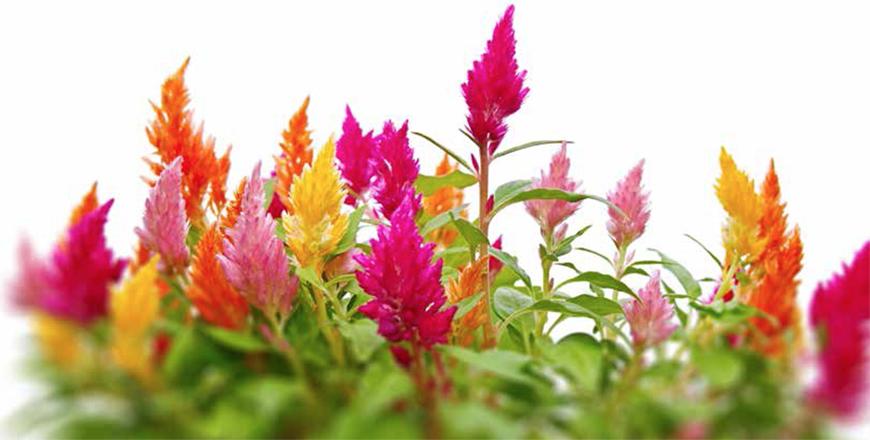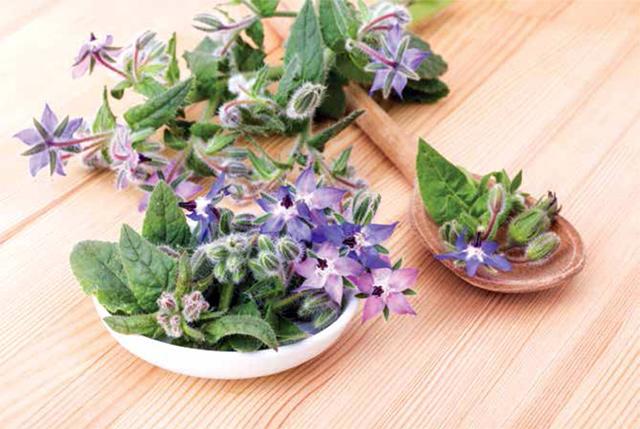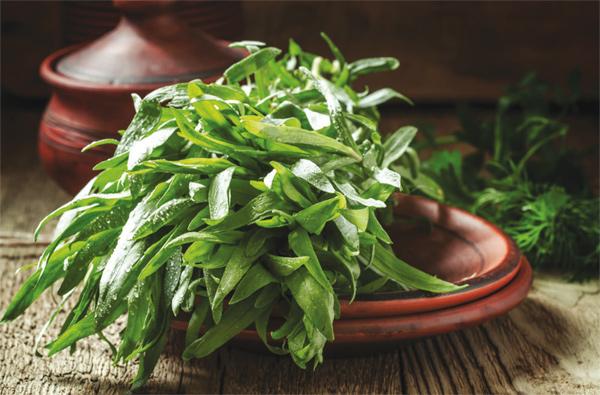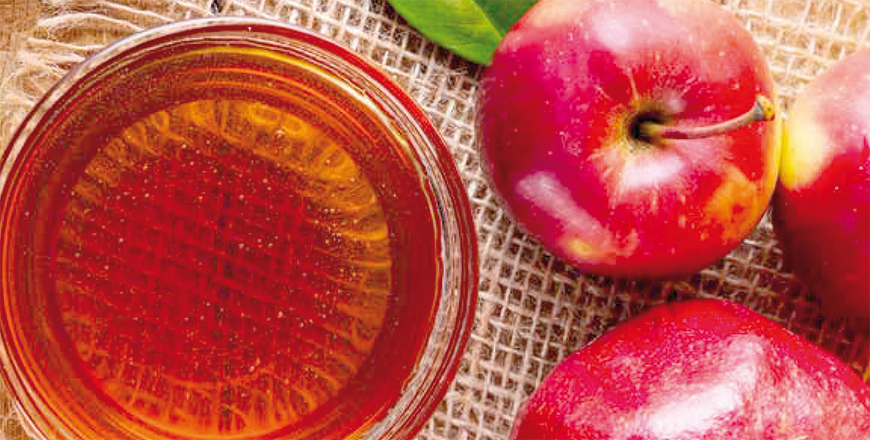You are here
Curvy cockscombs
By Sheela Sheth , Family Flavours - Jan 26,2020 - Last updated at Jan 26,2020

Photo courtesy of Family Flavours magazine
The brilliant orange, red, yellow and purple hues make this edible Cockscomb flower a striking addition to the herbal kingdom.
The Celosia species is a genus of edible and ornamental plants in the family of Amaranthaceae. The generic name is derived from the Greek word Kelos, meaning burned and refers to the flame like flower heads. Common names are redfox, red spinach and orfeldeek in Arabic.
Floral distribution: It is seen all over Africa, India and the Mediterranean and is an annual herb found in tightly clustered blooms. I remember planting it in my home garden in Ethiopia where it grew effortlessly eight months a year adding charm and colour to my garden-the flowers are dense and velvety to touch.
Herbal healer: This anti-bacterial and anti-inflammatory herb is a rich source of protein, vitamin A and C, iron, calcium and phosphorous. The leaves are boiled and hot poultice is applied for rheumatism in Africa, Asia and India. This versatile plant is a part of the herbal pharmacy and found in speciality stores across the world. The leaves are antibacterial and when crushed, make an effective poultice for cuts, wounds and insect bites. It is a valued vegetable crop traditionally used due to its therapeutic property and potential to treat and cure diseases. It is also used as an aphrodisiac in India and the seed paste of the plant is used for the treatment of mouth sores. People with diabetes, glaucoma and other eye disorders should avoid it as it dilates the pupils.
Culinary contribution: From Africa to Indonesia, from India to North America, Cockscomb leaves and stems, and even the tender flowers, serve as a popular ingredient for stews, soups and garnishing main dishes. The flavour can be compared to that of spinach leaves which can be sautéed and used for stir-fries and also as a dressing for salads. This plant was originally used in the kitchen as the tender leaves are tastier than the full grown plant. The tiny seeds can be cooked much like quinoa as they can be added in soups and salads. They have to be thoroughly washed as they can taste soapy. I eat the plant as a vegetable and add it to my soups and sauces.
Cosmetic appeal: The classic dried flower of the plumed cockscomb, also known as Dragon’s breath, are used for potpourri adding essential oils. It also serves as an astringent (drying excess oil) and is found in anti-ageing creams.
Reprinted with permission from Family Flavours magazine
Related Articles
By Sheela ShethFood Expert In my home country India, Borage, an annual brilliant blue bloom also known as a starflower, is used as a te
By Sheela ShethFood Expert This bitter sweet plant, also known as the dragon wart and tarkhum in Arabic, has an aromatic flavour simila
Herbal vinegars are a delightful way to blend the rich flavours of freshly home-grown herbs with a tangy zest.



















